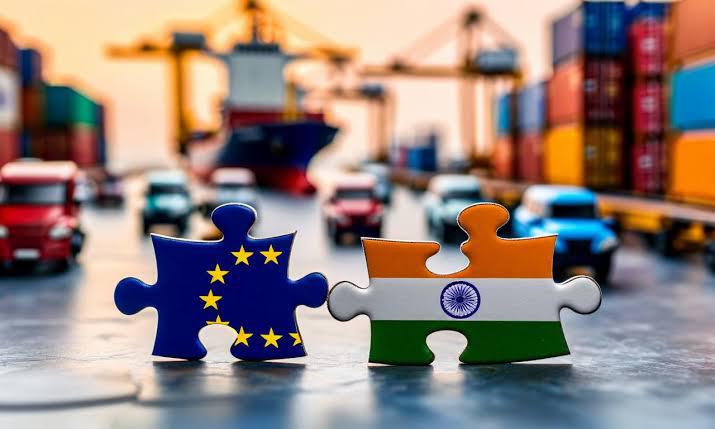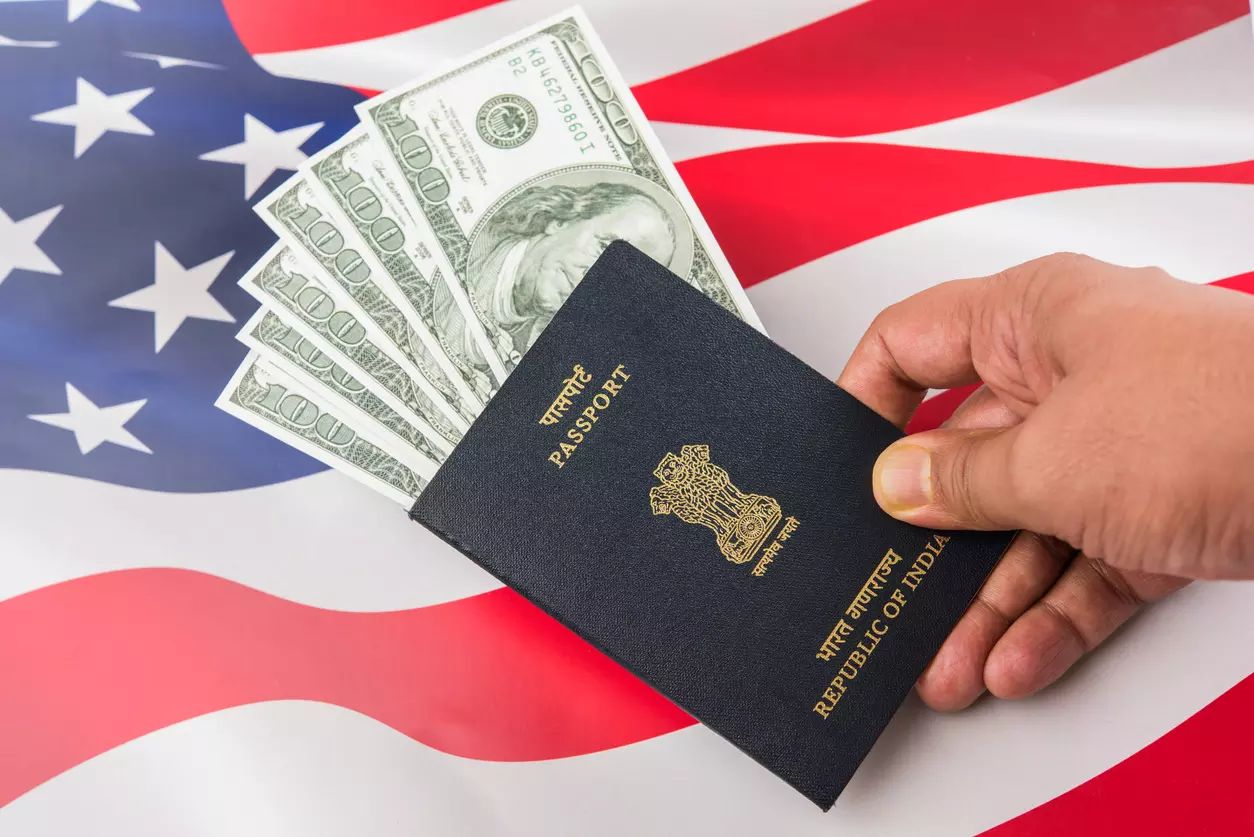The India-Middle East-Europe Economic Corridor (IMEC) was announced in September 2023 following a meeting in New Delhi between the leaders of India, the US, the United Arab Emirates (UAE), Saudi Arabia, Italy, France, Germany, and the European Commission on the sidelines of the G20 Summit as a major initiative to boost trade, energy cooperation, and digital connectivity. The project is going to establish a multimodal transport system between Asia, the Middle East, and Europe. IMEC is also considered an alternative to China’s Belt and Road Initiative (BRI), offering faster trade routes, lower costs, and new investment opportunities. However, its success depends upon overcoming geopolitical tensions, infrastructure limitations, and financial challenges that could slow its progress.

What is IMEC?
IMEC (India-Middle East-Europe Corridor) is a planned economic corridor to integrate India, Europe, and the Middle East through the UAE, Saudi Arabia, Jordan, Israel, and the European Union. The proposed IMEC will consist of railway, ship-to-rail networks, and road transport routes extending across two corridors: that is, the East Corridor—connecting India to the Arabian Gulf—and the Northern Corridor—connecting the Gulf to Europe.
Objectives and Significance of IMEC
The IMEC aims to provide efficient trade among different continents like Asia, the Middle East, and Europe. It contributes as a strategic alternative to China’s BRI (Belt and Road Initiative), providing a Western-backed trade route that will help in creating less dependency on China’s infrastructure. Additionally, IMEC focuses on increasing the connectivity, improving industrial growth, and creating new business opportunities in the nation. The corridor increases the supply chain by diversifying global trade routes that help in reducing interruptions to global trade. The main goal of IMEC is to decrease the dependency on China by providing an alternative trade route. The corridor is expected to cut logistics costs and transit time by 40%, ensuring smoother and faster transportation. Additionally, it will help in improving regional and international connections. It will help in building a strong transportation system by adding railways, shipping lanes, energy pipelines, and high-speed digital infrastructure.
Economic and Geopolitical Significance
Geopolitical Importance
IMEC is strategically valuable as it provides Western-supported trade against China’s Belt and Road Initiative. By excluding Pakistan’s long-standing barrier to land connectivity, the corridor gives regional cooperation and gives India direct access to European markets, encouraging India’s trade ties with the Middle East, Europe, and the US.
Economic Benefits
The corridor is expected to increase trade and economic growth by cutting transit times by 40% and lowering costs by 30%, making Indian exports more competitive. In addition, industrial growth and job creation will result from supply chain and infrastructural expansion. India’s $136 billion trade with the EU (2022-23) and $78.5 billion in exports to the US, IMEC will improve connectivity and will further strengthen India’s presence in global trade.
Challenges and Roadblocks for IMEC
While the India-Middle East-Europe Economic Corridor (IMEC) can change global trade and connectivity, its execution faces significant challenges that could impact the desired result. One of the primary concerns is infrastructure gaps and logistical issues. Since IMEC includes multiple countries, it requires thorough preparation and coordination to ensure smooth trade. Many areas in the Middle East lack essential rail links; investment and long-term construction efforts are needed to establish a transport system. Beyond infrastructure, geopolitical instability has a significant risk. The Israel-Hamas conflict and Houthi attacks in the Red Sea have already created tensions between nations and raised concerns over the security of shipping lanes and railway connections along IMEC ‘s path. The corridor is not without challenges. The corridor also faces political opposition from key regional players such as Turkey and Egypt, who fear that IMEC could diminish their trade influence, especially Egypt, which relies heavily on Suez Canal revenues. Financial feasibility is another major hurdle. The estimated cost of $3 billion – $8 billion per route demands strong investment commitments from both governments and private investors. Without secured funding, there might be delays in construction and maintenance, and operations could jeopardise IMEC’s long-term sustainability.
India’s Role and Strategic Benefits for India
IMEC will give a great opportunity to expand its trade and boost the mission “Make in India.” It will also strengthen diplomatic relations and advance technologies. One of the key economic benefits of IMEC is its ability to increase India’s exports through faster and cost-effective routes. By reducing time and improving logistics costs and attracting foreign investments, mainly in infrastructure, transportation, and manufacturing. This would help India’s economy, opening up new opportunities for industrial growth and employment. From a geopolitical perspective, IMEC will strengthen India’s strategic alliances with countries like the US, the United Arab Emirates (UAE), Saudi Arabia, Italy, France, and Germany. It will result in robust economic and diplomatic ties. Moreover, IMEC is a healthy competition for China’s Belt and Road Initiative (BRI), further cementing India’s position in global trade and infrastructure development. By providing secure access to Middle Eastern energy resources, the corridor will decrease India’s reliance on global energy markets. The focus of the project on green energy will promote the installation of hydrogen pipelines and smart grids that will help drive India towards its sustainability ambitions. IMEC also speeds up technology and digitalisation. As the high-speed data cables enhance connections, the corridor will drive fintech, transportation, and logistics innovation. This positions India as a global leader in digital infrastructure, paving the way for future technological growth.
Conclusion
It is crucial to recognize the mutual relationship between transport connectivity, which encompasses physical infrastructure and international regulations, and trade facilitation, which involves customs procedures and infrastructure at the border. The corridor will certainly cut down on India’s reliance on China’s BRI and will assist in the strengthening of India’s geopolitical position. It will improve India’s global alliances and economic development. But it is necessary to balance the geopolitical tensions, particularly with Israel; it is essential. The Israel-Hamas conflict and Middle Eastern instability have already retarded IMEC’s progress. Environmental impact concerns during construction and operation must be top priorities of the project, and taking security precautions to protect cargo and infrastructure against possible threats, theft, piracy, and other security threats is vital.





